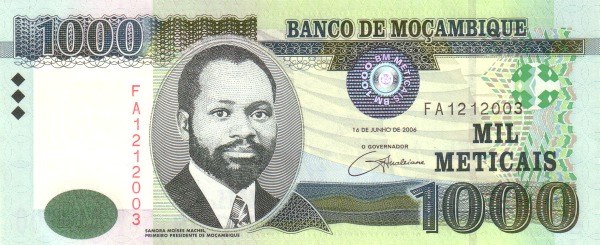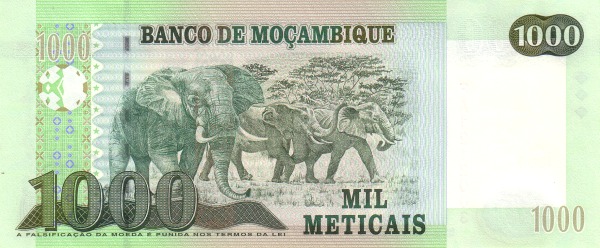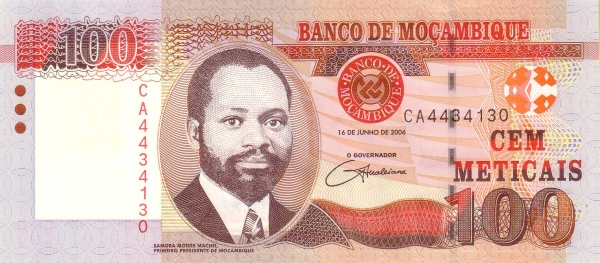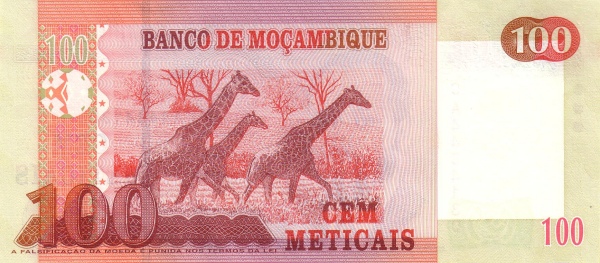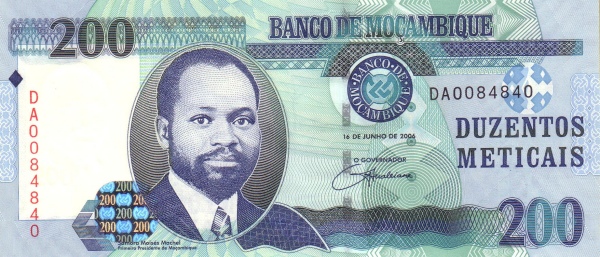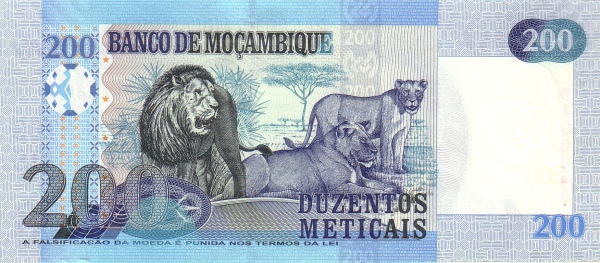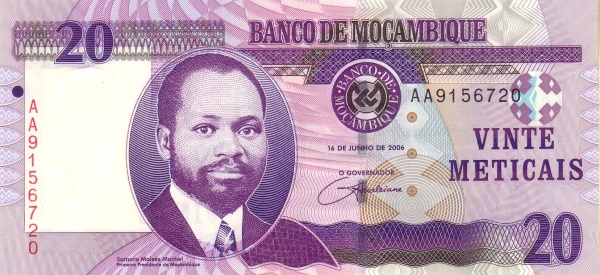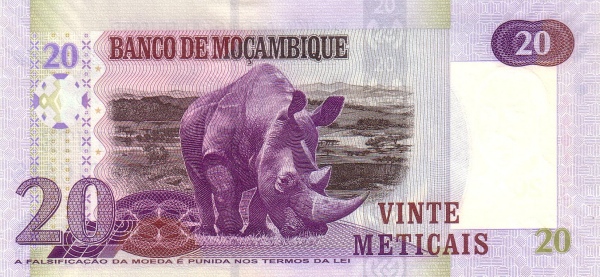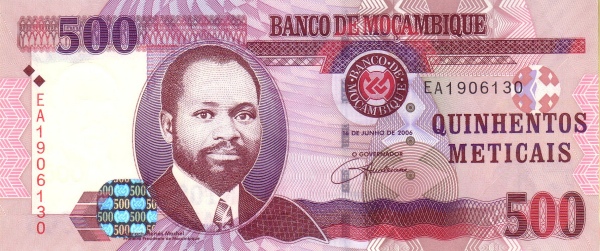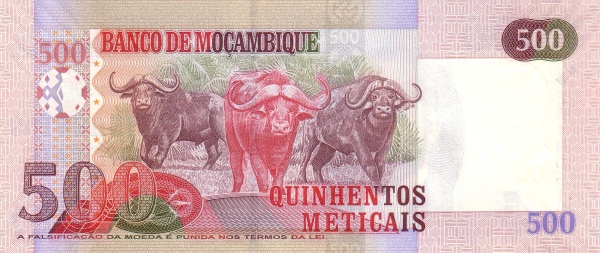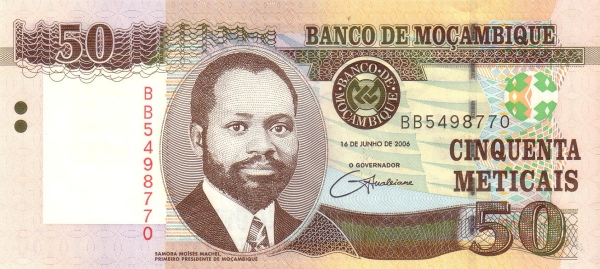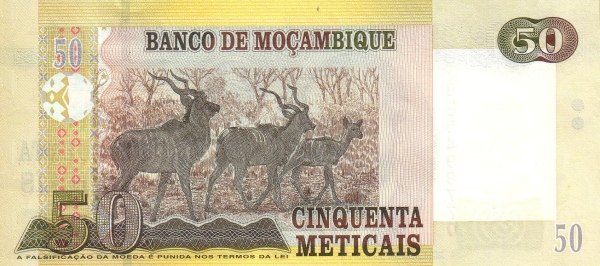Mozambique: An Overview of a Vibrant Nation
Mozambique, located on the eastern coast of southern Africa, boasts a rich history and stunning landscapes. Portuguese explorers first named this beautiful territory "Moçambique" after its namesake island. Notably, Mozambique enjoys coastal boundaries with the Mozambique Channel and the Indian Ocean, creating breathtaking vistas. It shares land borders with six countries, including Malawi, South Africa, Eswatini, Tanzania, Zambia, and Zimbabwe. Furthermore, Mozambique maintains maritime borders with Comoros, Madagascar, and Mayotte Island, which adds to its geographical significance.
Geographical Scope and Terrain
Covering an area of 801,590 km², Mozambique presents diverse geographical features. In fact, this country is more than three times the size of the United Kingdom and nearly twice the size of California. Mozambique's geography varies greatly, transforming from coastal lowlands to high plateaus in the northwest. The western region even contains mountainous terrain, which adds another layer of diversity to its landscape. Transitioning between these areas, you can find vibrant ecosystems that support a wide variety of flora and fauna.
Climate Diversity
Moving from one region to another, you will notice that Mozambique's climate shifts significantly. The climate ranges from subtropical in the south to tropical in the north. These varying conditions affect agriculture and the lifestyle of the local population. Consequently, communities adapt their habits to thrive under different climatic extremes, utilizing local resources effectively.
The People of Mozambique
With a population of approximately 33.2 million people, Mozambique exhibits a rich tapestry of cultures and ethnic groups. The people identify as Mozambican, and they express their diverse heritage through various languages and traditions. Portuguese serves as the official language, but many Bantu languages also communicate crucial aspects of daily life and cultural identity. The dominant religions include Christianity (at 56%) followed closely by traditional faiths (26%) and Islam (19%). This rich religious landscape often comes together during various cultural festivals and celebrations.
Historical Insights
The fascinating history of Mozambique includes nearly five centuries of Portuguese colonial rule, which shaped the nation significantly. Upon gaining independence on June 25, 1975, Mozambique faced numerous challenges, including mass emigration of whites and eventual economic reliance on South Africa. A severe drought and a prolonged civil war further complicated the situation. In 1989, the ruling party abandoned Marxism, which led to the enactment of a new constitution in 1990. Consequently, this opened the doors to multiparty elections, paving the way for a shift toward a free-market economy. The UN-negotiated peace agreement in 1992 finally ended the civil conflict, allowing Mozambique to begin rebuilding its nation.
Economic Landscape
Currently, Mozambique's economy is diverse, encompassing various industries. The gross domestic product (GDP) per capita stands at approximately $1,500 as of 2023, reflecting significant economic challenges. Natural resources such as coal, titanium, natural gas, and hydropower enrich the country’s financial backbone. The agriculture sector thrives, yielding products like cotton, cashew nuts, and sugarcane, while livestock farming produces beef and poultry, crucial to the local diet. Interestingly, Mozambique also exports commodities, including aluminum, prawns, and timber, which forge important trade partnerships with other nations.
Agricultural Vitality
Agriculture holds a central role in the lives of many Mozambicans. Crops such as cassava, corn, and tropical fruits provide essential nutrition, while also contributing to the country's economy. Various indigenous groups, from the Makua to the Tsonga, practice traditional farming methods, preserving ancient practices that enrich their cultural identity. As a result, agriculture serves not just as a means of livelihood but also as a cornerstone of Mozambican society.
Government Structure
Mozambique operates as a multi-party democracy where governance reflects the will of its people. Since gaining independence, its constitution has evolved, providing a robust framework for political participation and civic engagement. Adapting to new democratic practices, the government works diligently to overcome challenges and support the nation’s development trajectory.
Corruption and Transparency
A critical issue in Mozambique centers on corruption. With a transparency rank of 149 out of 180 countries, it struggles to combat malpractices. The Corruption Perceptions Index recorded a score of 25, indicating significant room for improvement. Nevertheless, ongoing efforts aim to enhance governance and restore public trust, ultimately creating a more favorable environment for economic growth.
Natural Resources: A Treasure Trove
Mozambique possesses an abundance of natural resources, which play a vital role in its economic framework. The country is rich in coal, natural gas, tantalum, and graphite, positioning itself as a potential leader in various markets. The extraction and export of these resources not only promise economic growth but also attract foreign investment, facilitating modernization and innovation.
Trade Relationships
The trade landscape in Mozambique involves engaging with multiple partners worldwide. In 2022, notable exports included aluminum, prawns, and citrus, with India being the primary partner at 22%. South Africa, South Korea, Italy, and China follow closely behind, highlighting Mozambique's strategic location for trade. On the flip side, imports primarily consist of machinery, vehicles, and fuel, with South Africa being the largest supplier, providing 23% of total imports.
The Future of Mozambique
Looking ahead, Mozambique continues on a journey towards sustainable growth and development. The government aims to strengthen its economic foundations while also addressing challenges such as corruption and poverty. As Mozambique uncovers its potential, its captivating landscapes, rich cultures, and dynamic population will play an essential role in shaping the nation's future. Ultimately, Mozambique stands as a beacon of hope for progress in southern Africa.
Largest cities of: Mozambique
| City Name | Population | Year of foundation | |
| Maputo | 1,166,000 | 1781 | |
| Matola | 673,000 | 1980 | |
| Nampula | 554,000 | 1890 | |
| Beira | 500,000 | 1890 | |
| Temane | 450,000 | 1975 | |
| Pemba | 240,000 | 1500 | |
| Quelimane | 200,000 | 1770 | |
| Tete | 150,000 | 1761 | |
| Nampula City | 110,000 | 1940 |
Mozambique: Money
